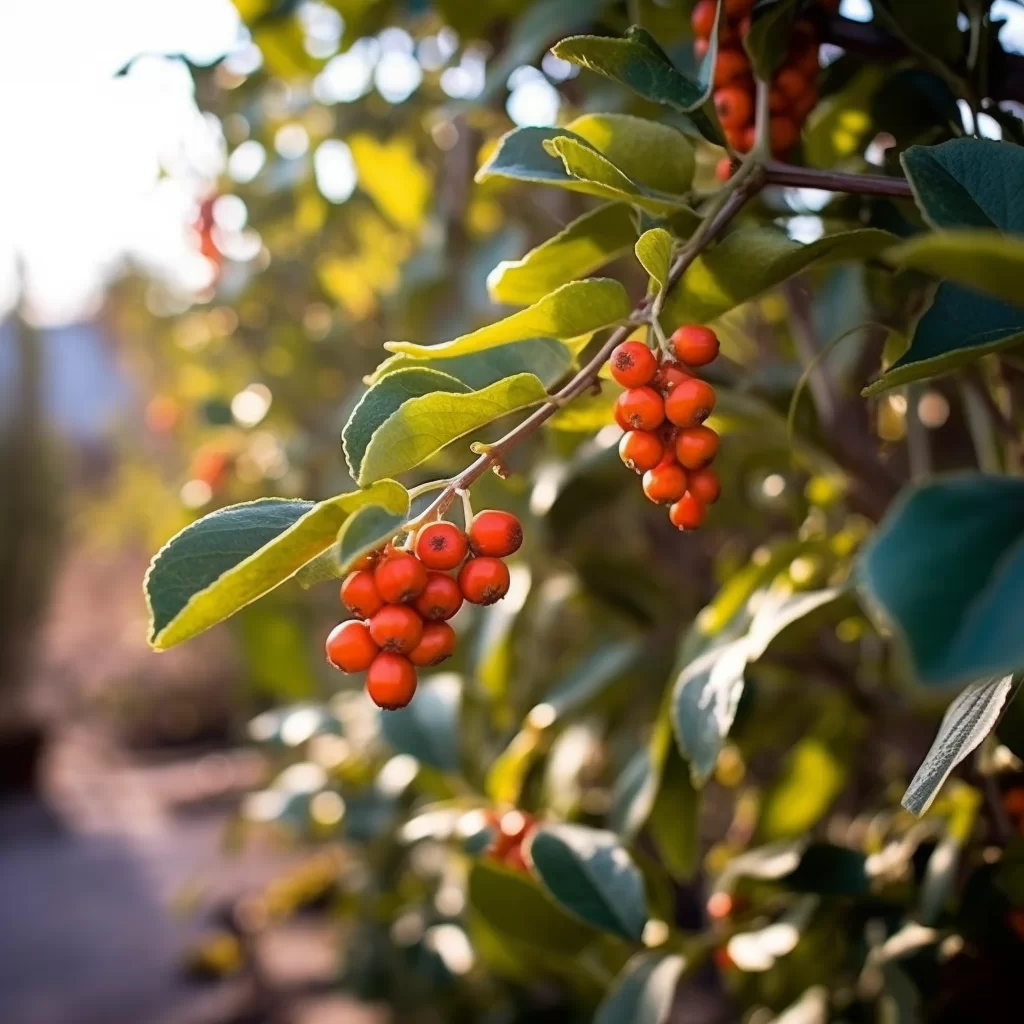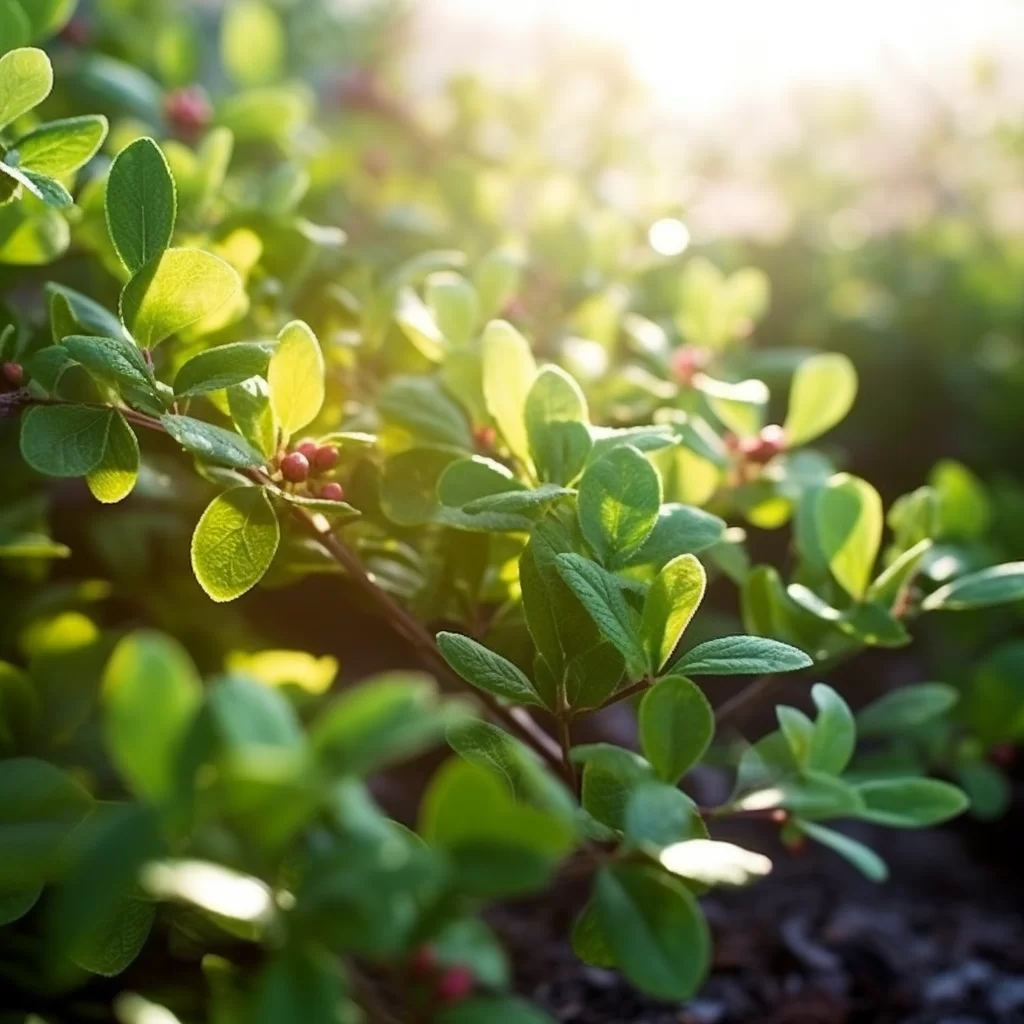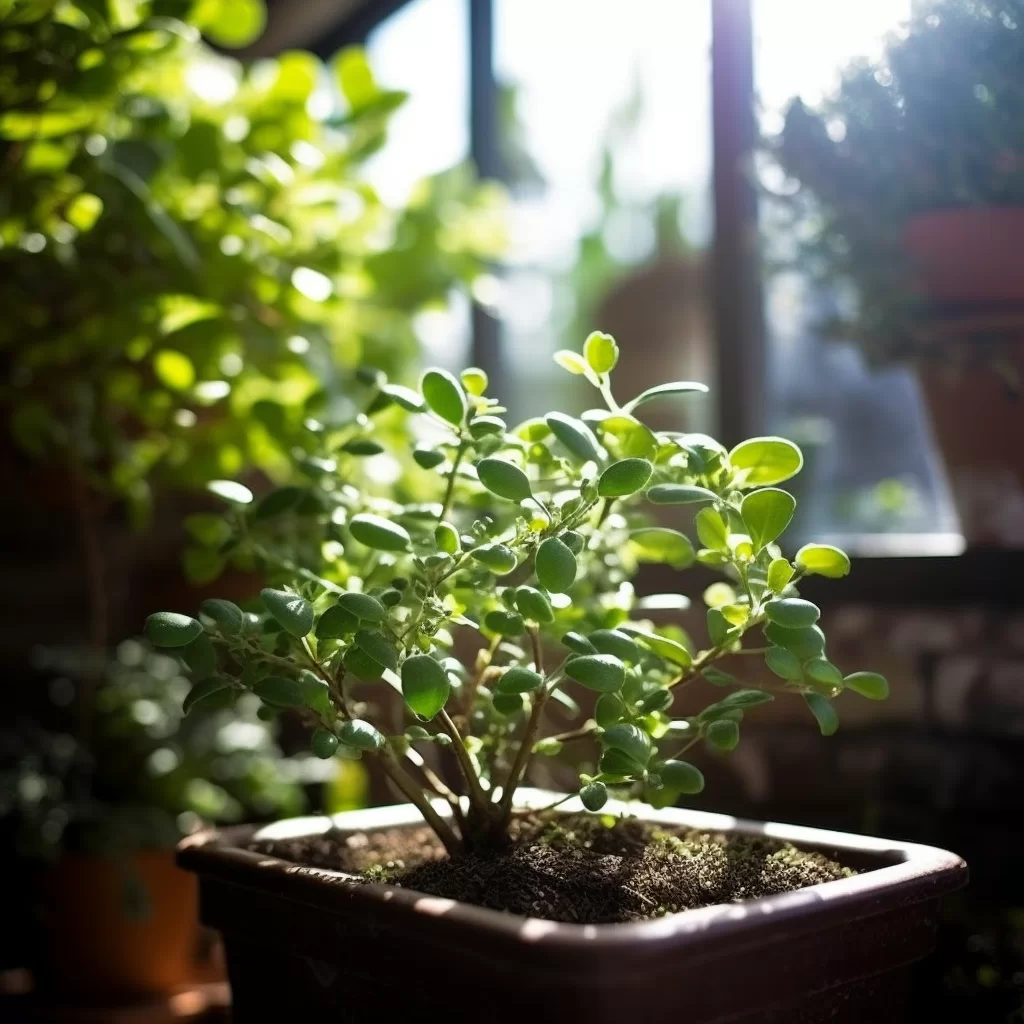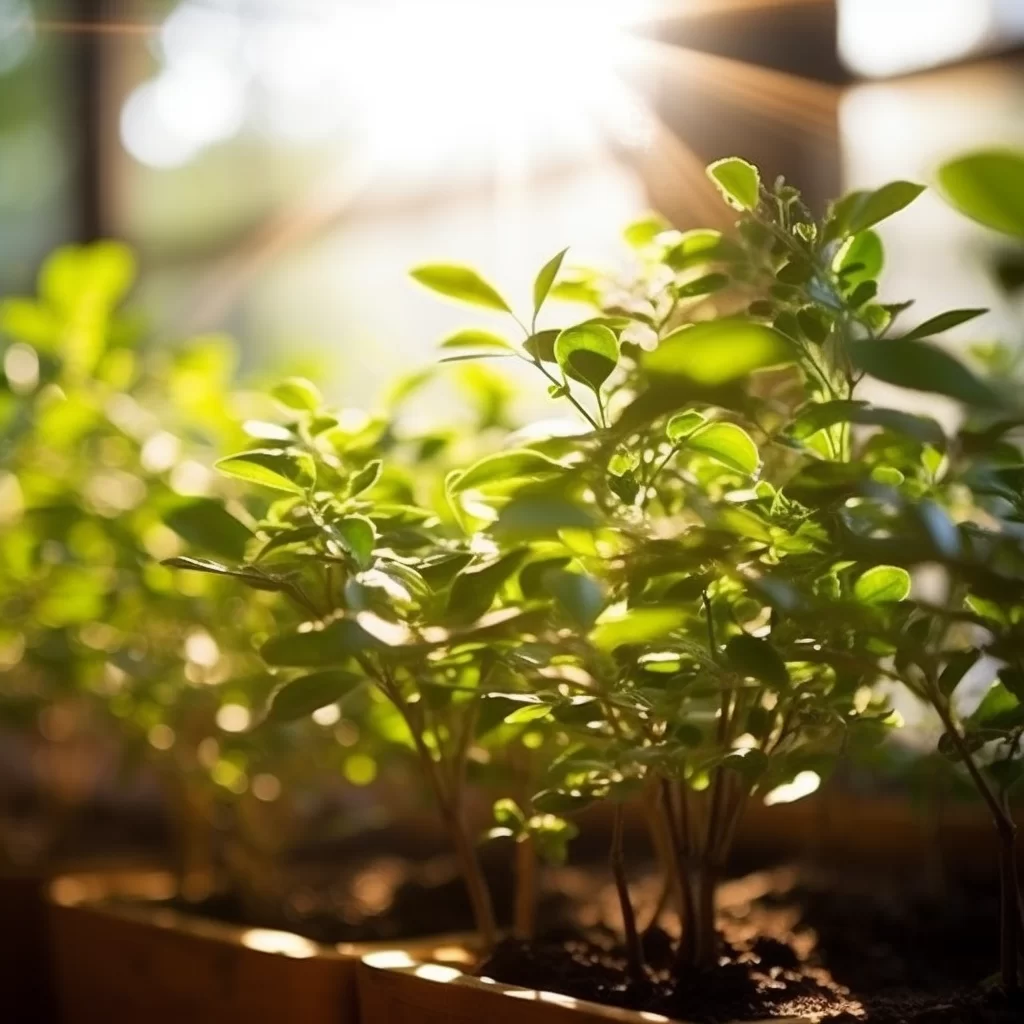Story of Day :
Contents
The Ultimate Guide to Hawthorne Plant: Tips and Tricks for Successful Gardening
For garden enthusiasts who are seeking to enhance the charm and beauty of their outdoor space, the hawthorn plant can be an excellent addition.
This adaptable plant is suitable for creating a natural-looking hedge or adding color and texture to your garden beds.
With its unique features, hawthorn plants can add that extra spark of life to your yard.
However, they require specific care and attention if you want them to thrive in your garden.If you are inexperienced in caring for hawthorn plants, it’s essential to learn about their growth patterns and requirements before planting them.
These plants need well-draining soil and adequate sunlight exposure, but they also require regular pruning to keep their size under control.
By providing the right conditions for your hawthorn plant, you will ensure that it adds an element of natural beauty and appeal to your outdoor space for years to come!
What is the Hawthorne Plant?
Hawthorn plants are a striking group of shrubs or small trees that come under the rose family.
The Crataegus genus comprises over 200 species of thorny shrubs or trees, with some evergreen varieties, that can be found in northern climates.
These plants are known for their distinct appearance which includes beautiful white or pink flowers and vibrant red berries.
Hawthorns make for great ornamental additions to any garden thanks to their attractive foliage and showy blooms. Apart from their aesthetic appeal, hawthorns also have medicinal properties that have been used since ancient times.
Apart from their aesthetic appeal, hawthorns also have medicinal properties that have been used since ancient times.
They were traditionally used to treat heart-related ailments and digestive issues due to their antioxidant-rich composition.
Hawthorn extracts are still widely used today as natural supplements for cardiovascular health support, and they have even been shown effective in lowering blood pressure levels in some cases.
With its long history of traditional use and modern scientific validation, the humble hawthorn plant continues to be an important part of our lives today!
Hawthorns are not just known for their medicinal properties but also admired for their ornamental value.
Many species of hawthorns are grown in gardens or parks due to their alluring white flowers in spring and pome fruits (red berries) during fall.
These fruits not only add charm to the landscape but also serve as food sources for birds and other wildlife during winter months when other natural sources are scarce.These hardy trees can withstand a range of climatic conditions and soil types, making them a popular choice among gardeners.
They require minimal maintenance, making them an easy addition to any garden or park.
Additionally, they provide shelter and nesting sites for various bird species, contributing towards conserving biodiversity in urban areas.
The attractive appearance of hawthorns combined with its ecological benefits makes it a great tree for any green space!
Why Grow Hawthorne Plants?
- Their beautiful blooms add a pop of color in spring
- They attract pollinators such as bees, butterflies, and hummingbirds
- They produce edible fruit which can be used in jellies, jams or pies
- Hedges made from hawthorns offer privacy screening and security measures due to its thorny branches
- Hawthorn extract has been used medicinally for heart health since ancient times by traditional herbalists across Europe.
 If you’re a plant lover, you might already know that taking care of a hawthorn plant can be an enriching and rewarding experience.
If you’re a plant lover, you might already know that taking care of a hawthorn plant can be an enriching and rewarding experience.
Hawthorns are hardy plants that belong to the rose family and are known for their dense foliage, beautiful flowers, and edible fruit.
To keep your hawthorn thriving, there are some essential tips and tricks to keep in mind.
Firstly, hawthorns thrive in well-drained soil and prefer full sunlight or partial shade.
You should water them regularly during the growing season but avoid overwatering as this can lead to root rot.Secondly, pruning is also crucial for maintaining your hawthorn’s shape and health.
You should prune your plant during late winter or early spring before new growth appears to remove any dead or diseased branches while shaping it as desired.
Lastly, fertilizing with organic matter once a year can help promote healthy growth and blooming while avoiding chemical fertilizers that may cause harm to beneficial insects such as bees.In conclusion, caring for your hawthorne plant requires some knowledge of its preferences along with regular maintenance such as watering, pruning & fertilizing.
With these basic tips & tricks under your belt , you can enjoy watching this beautiful addition grow into a stunning focal point in any garden space while providing habitat for beneficial insects like bees!
Location

Hawthorn, a popular ornamental shrub that blooms with gorgeous white or pink flowers, thrives best in full sun to partial shade.
These plants prefer well-draining soil but can still tolerate varying types of soil, specifically sandy and clay soils.
Nonetheless, it’s important to note that hawthorns are not fond of being planted in wet or boggy locations as they are prone to root rot.It’s no surprise that hawthorn is a favorite among gardeners due to its beauty and ease of cultivation.
It is imperative when planting this stunning shrub to choose the right location for optimal growth.
Hawthorns love the sun but also need some degree of protection from heat stress; therefore, partial shade can be ideal in hotter climates.
Additionally, these plants do not require specific soil types but tend to thrive best in well-draining soils like most other plants.
Avoid planting them near waterlogged areas as they cannot withstand constantly damp conditions which may cause root rotting issues.
It is advisable to steer clear of planting hawthorns in close proximity to other trees or structures.
This is because the roots of these plants tend to compete with their neighbors for vital resources such as water and nutrients.
If you are keen on planting hawthorns as part of a hedge or screen, it is best to ensure that there is a minimum gap of 6 feet between each plant.Spacing out your hawthorn plants not only helps them to thrive but also enhances their beauty by ensuring they have enough room for growth.
Additionally, when planted at proper intervals, they create an appealing hedge or screen that provides privacy while adding aesthetic value to your garden.
Therefore, if you’re looking forward to cultivating healthy and beautiful hawthorn plants, it’s important always to keep in mind the appropriate spacing requirements during planting.

Watering
If you’ve recently planted hawthorn shrubs in your garden, it’s important to keep in mind that they need consistent watering during their first year of growth.
This will help them establish a strong root system and ensure they can properly absorb the nutrients from the soil.
As a general rule, you should water your hawthorns once or twice a week until they are fully established.
However, be careful not to overwater them as this can cause root rot and other problems.Once your hawthorns have matured and established themselves in the soil, they become quite resilient to drought conditions.
They require minimal watering during prolonged dry spells and can survive quite well on their own without additional irrigation.
It’s still important to monitor their moisture levels during extended periods of drought as severe dehydration can lead to stress or damage that may harm the plant’s overall health.
By providing adequate water during their early years, you’ll give your hawthorns the best chance at thriving for years to come while adding natural beauty to your yard or garden space.
Fertilization
Avoid overfertilizing your hawthorne plant as it is not necessary for this hardy plant species.
Using too much fertilizer on these slow-growing shrubs can cause them to grow too quickly which makes them weak and susceptible to disease infestation.
Pruning is an essential task in maintaining the health and aesthetic appeal of your hawthorn plant.
It involves the removal of diseased, damaged or dead branches to prevent infections from spreading throughout the tree.
However, pruning should be done with care as hawthorn plants are notorious for their thorny branches.
Pruning should also include shaping through hedge trimming twice a year – once after flowering has ended in early summer and again just before winter sets in to control height.By periodically pruning your hawthorn plant, you can keep it at an ideal size for many years of enjoyment.
This involves removing any unwanted growth or unsightly branches that may be affecting its overall appearance.
Additionally, pruning out diseased or damaged branches helps maintain its health by preventing further infections from spreading throughout the whole shrub/tree.
To properly shape your hawthorn plant, hedge trimming should be done twice each year – first after flowering ends in early summer to remove spent blooms and again just before winter arrives to control its height.
With regular pruning maintenance, you can enjoy a beautiful and healthy hawthorn tree for years to come!
Hawthorne plants are beautiful and popular landscaping additions, but they can be vulnerable to a variety of pests and diseases.
Some of the most common pests affecting these plants include aphids, spider mites, and scale insects.
These tiny creatures can cause damage by sucking the sap out of plant leaves, causing curling or yellowing foliage.
In addition to pests, hawthornes are also prone to fungal infections such as rust and blight which can impact the health of the plant as well as its appearance.To prevent pest and disease problems with hawthornes, it’s important to practice good garden hygiene by removing dead leaves or debris that could harbor disease-causing organisms.
Regular fertilization will help keep the plants healthy so that they’re better able to resist infection.
If you do notice signs of pest infestation or disease on your hawthorne plant, there are a variety of treatments available including insecticidal sprays or fungicides that can help eliminate any harmful organisms present on the plant.
By taking these preventative measures against pests and diseases, you’ll be able to enjoy your beautiful hawthorne plants for years to come.
Hawthorns are generally hardy plants that can withstand a variety of environmental conditions.
However, it’s important to note that they are not completely immune to pests and diseases.
Just like any living organism, hawthorns can fall victim to various ailments and infestations.
These issues may arise due to factors such as poor soil quality, inadequate irrigation, or insufficient sunlight exposure.
Some of the common problems that you may encounter when growing hawthorns include fungal infections, aphid infestations, and leaf spot diseases.
It is important to stay vigilant for any signs of these issues so that they can be addressed promptly.In order to keep your hawthorn plants healthy and thriving, it’s essential to take preventative measures against potential pest infestations and diseases.
This includes maintaining proper care practices such as regular watering schedules and appropriate fertilization techniques.
Additionally, you should inspect your plants regularly for signs of damage or disease in order to catch any problems early on before they become more severe.
By staying proactive in monitoring the health of your hawthorn shrubs or trees, you can help ensure their longevity and continued beauty in your landscape for many years to come!
- Fire blight: a bacterial disease that causes the leaves to wilt, turn black and curl up.
- Cedar-apple rust: a fungal infection that affects both apples and hawthorns resulting in yellow-orange spots on the leaves and small lesions on the fruit.
- Scale insects or aphids: Both these types of insect pests usually attack young branches of a hawthorne tree causing stunted growth or yellowing of leaves which can weaken your shrub over time.
At the end of the day, what really matters most is the bottom line.
This refers to the final outcome or result of a situation.
Whether it’s in business, finance, or any other aspect of life, people tend to focus on achieving positive results and reaching their goals.
The bottom line is often used as a measure of success or failure, and can be influenced by various factors such as hard work, creativity, luck or even external circumstances beyond our control.However, it’s important to note that focusing solely on the bottom line can sometimes lead to tunnel vision and neglecting other important aspects such as ethics and social responsibility.
It’s also worth considering that success can mean different things for different people – some may prioritize financial gain while others may value personal growth or making a positive impact in society.
Ultimately, while striving for a strong bottom line can be beneficial in many ways, it should not come at the expense of integrity or compromising one’s values.
If you’re looking for an attractive, easy-to-care-for plant for your garden or yard, look no further than hawthorn.
The versatility and hardiness of this species make it an excellent choice for gardeners who want to add color and interest to their landscape without putting in too much effort.
If you want to maintain the health of your hawthorn, there are a few things that you need to keep in mind.
Firstly, it’s important to ensure that your hawthorn plant gets sufficient exposure to sunlight and is grown in well-draining soil.
These factors will help the plant grow properly and remain healthy for years to come.
Additionally, it’s crucial to periodically prune out damaged or diseased wood from the plant.
This step helps prevent any further damage from occurring and ensures that your hawthorn remains strong and healthy.Taking care of a hawthorn isn’t rocket science as long as you follow some basic guidelines.
Providing enough sunlight for the plant growth is essential along with ensuring it grows in well-draining soil both of which are crucial components in maintaining a healthy hawthorn bush or tree.
While doing so, don’t forget about pruning out damaged or diseased wood whenever necessary (ideally during fall or winter).
By following these simple steps, you can significantly improve the chances of survival and longevity for this beautiful shrubbery species!